Overclocking
The short answer here is overclocking was not easy, even with the new 0509 BIOS Asus supplied. The biggest issue was what appeared to be enormous VDroop, but the fixed voltage seemed to trail what we'd set in the EFI even at idle. Loadline calibration failed to solve our Vcore falling from a set 1.3V to below 1.15V under load, which we only discovered when we fired up CPU-Z, with inevitable consequences for stability. In the end, we needed to apply 1.475V to see a reading of 1.3V in CPU-Z under load and here, as with other boards we've tried, we got a stable 5.1GHz overclock with our Core i9-10900K. All very odd, especially as this didn't result in the kind of power consumption or temperatures you'd expect, but we've had issues with most boards, including others from Asus and other manufacturers here, which we hope will be ironed out soon.
Asus has also come up with a nifty tweak to ensure the 5.3GHz boost is achieved regularly with the Core i9. On startup, before entering the EFI, you can hit F1 to enter the EFI or F3 to apply Asus' advanced increased power limits. As this was outside the EFI, where we only enable the XMP profile at stock speed, we decided to give it a go.
Performance Analysis
The tweaks certainly seemed to have an impact with the board hitting 545 points in Cinebench's single-threaded test - the highest we've ever seen and six points ahead of the MSI MEG Z490 Ace. Under full load, power consumption was similar, so it's clear the impact is mainly in lighter loads. The Cinebench and Blender results were both within the margin of error between the boards as was Far Cry New Dawn, but once overclocked, the MSI board managed a faster result which we couldn't find a reason for. The MSI board was slower, though, in Time Spy at stock speed, with the lower single-threaded performance clearly having an impact.
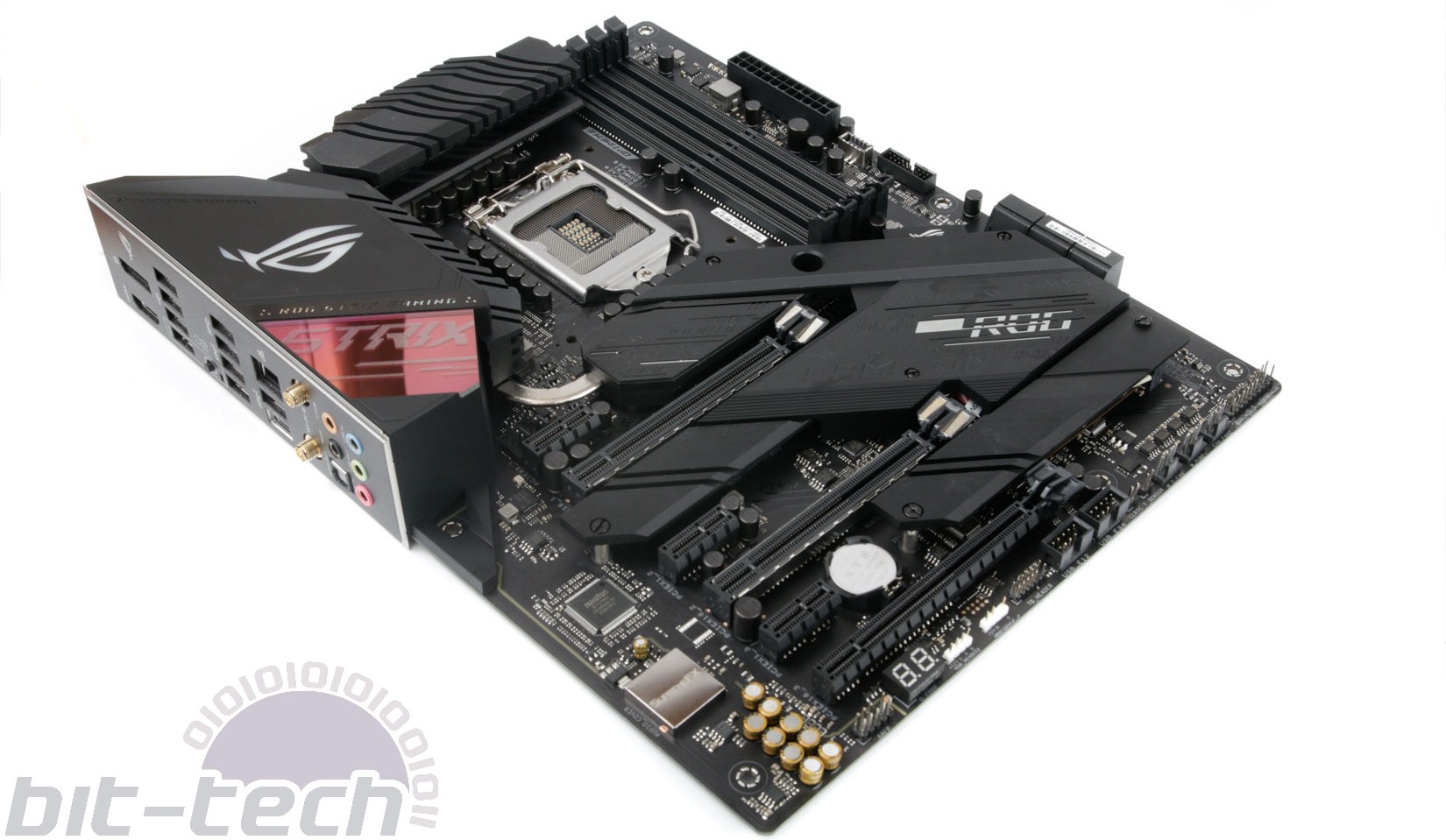
Apart from a higher THD, the ROG Strix Z490-E Gaming was on par with the more-expensive MSI MEG Z490 Ace in audio performance, managing a dynamic range of 116dBA. There was also nothing between them, thankfully, in the M.2 speed tests, either, with read and write speeds of 3,376MB and 1,868MB/sec, respectively for the Asus board. Power consumption at stock speed was similar, as well, with just a blip from Asus once overclocked under load, with the board drawing another 30-40W thanks to Vcore shenanigans. We'd expect this to be higher but temperatures were more in line with a lower VCore.
Conclusion
Apart from some strange overclocking behaviour, the ROG Strix Z490-E Gaming was a solid performer and offers some useful features for the cash. Our views on aesthetics are subjective, but we do think it looks great. The VRM fan is a handy addition, although a bit clunky compared to the integrated solutions on MSI's MEG range of boards, but it's nice to have if you need it. The layout isn't so great, as we'd prefer that top M.2 port to be more easily accessible. The price is also high for a ROG Strix board, especially as it lacks features you'd normally expect at this price, but this is a Z490 issue in general so we can't be too harsh here. If you're prepared to spend a bit more time overclocking - we hope that those issues will be ironed out soon, but Asus isn't alone here - then, in all honesty, it would find its way onto our shortlist so we're happy to recommend it on the proviso the overclocking issues are fixed. We're waiting to hear from Asus on that one and will report back once we know more.


MSI MPG Velox 100R Chassis Review
October 14 2021 | 15:04

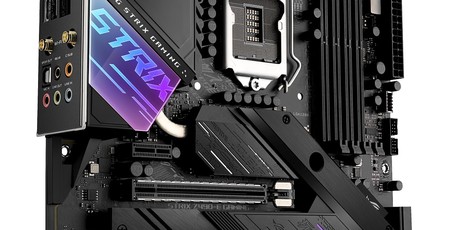
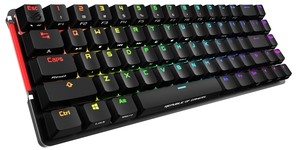
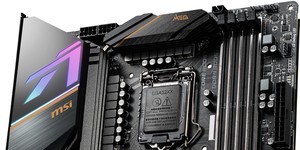
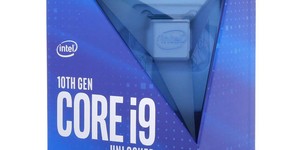




Want to comment? Please log in.